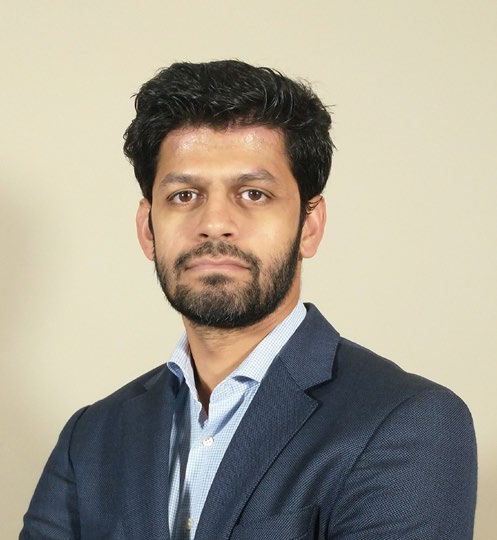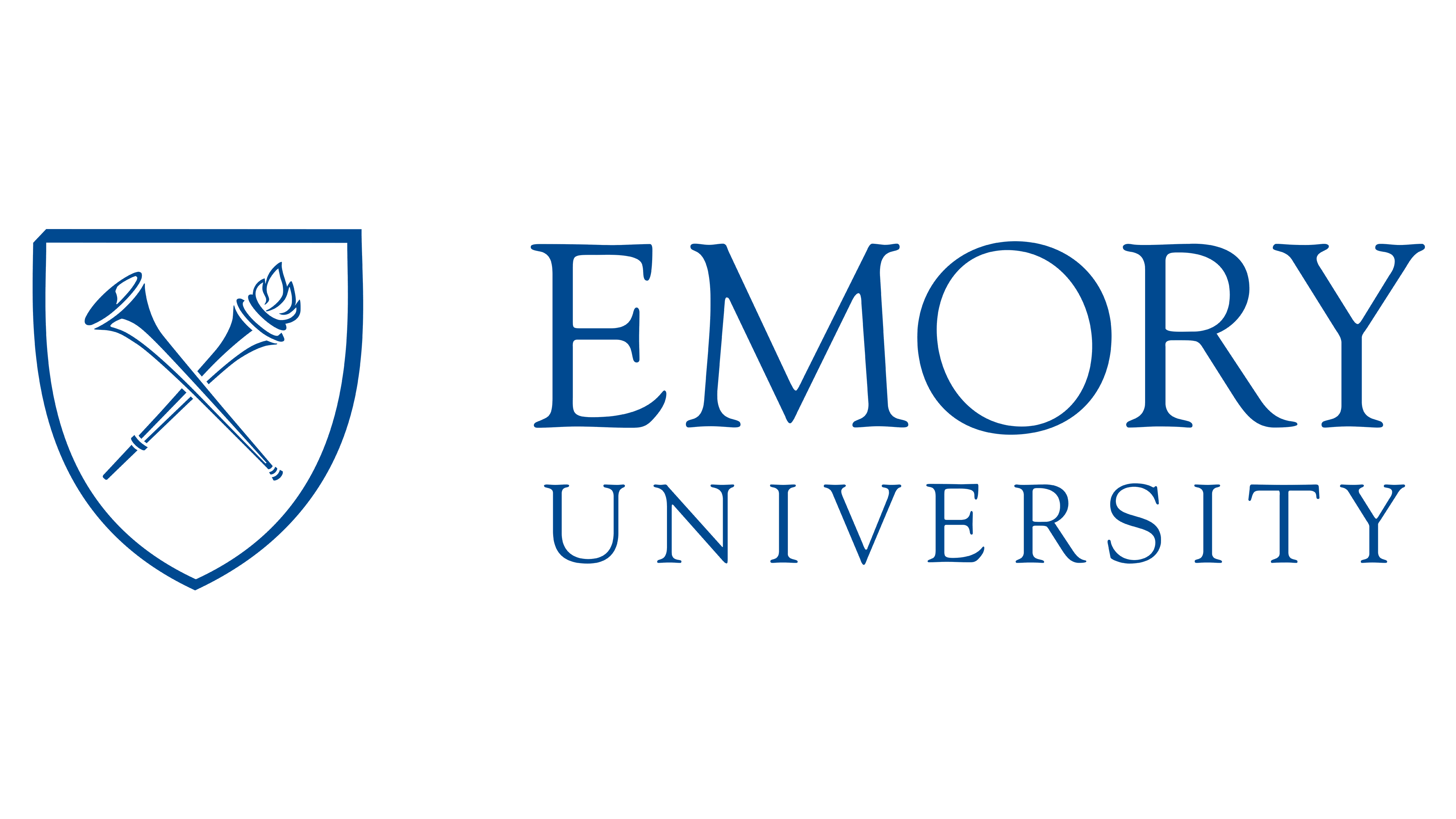
Ashish Sharma
TEAM MEMBER
INSTITUTION

WORKPACKAGES
Ashish received his BS degree in Microbiology and Immunology, graduating in 2009, and a PhD in Experimental Medicine, graduating in 2016, from the University of British Columbia (UBC). His PhD work, under the supervision of Dr. Pascal Lavoie - a clinician scientist at the British Columbia Children’s Hospital, was focused on an array of projects in the field of neonatal immunology. These projects were aimed at understanding the development of the human immune system during gestation and its impact of neonatal morbidities. Ashish was involved in projects aimed at investigating both the adaptive (T cells, NKT cells at birth) and innate (monocyte transcriptomics and inflammasome activation) arms of the neonatal immune system using basic cell biology and systems levels approaches. Ashish then pursued his post-doctoral studies under the mentorship of Dr. Rafick-Pierre Sekaly at Case Western Reserve University from 2017 to 2020. Here, his work was focused on using wet-lab and systems informatics approaches to model ex vivo human or non-human primate to understand infectious disease progression (HIV, HBV), success of cell therapies in Cancer/HIV (like CAR-T cells) and development of the neonatal immune system (and association with bacterial sepsis, influenza and RSV).
At the end of 2020, Ashish accepted a position as an instructor in the Department of Pathology & Laboratory Medicine at Emory University (PATRU). He was promoted to Assistant Professor in November 2022. Here, he continues to be focused on applying systems immunology approaches to understand infectious disease progression and the success of vaccines/immunotherapeutics. The advent of high- throughput cellular and molecular profiling techniques has enhanced our ability to understand human health, disease progression and development of therapeutics. In the long-term goal, Ashish hopes to use the power of systems biology to identify immune mechanisms that drive disease progression or therapeutic outcomes at per-individual and population levels, with the ultimate goal of making research translational.




